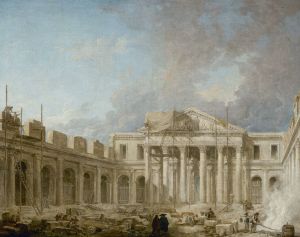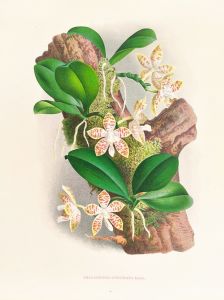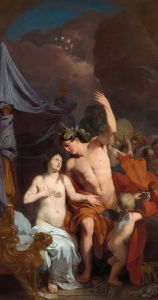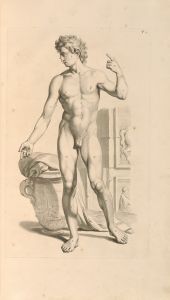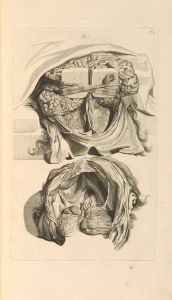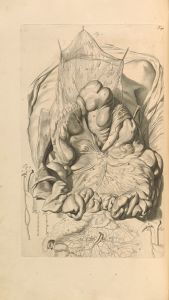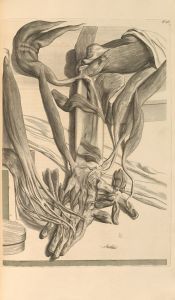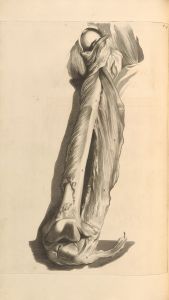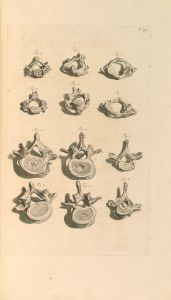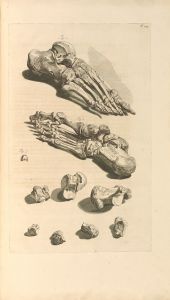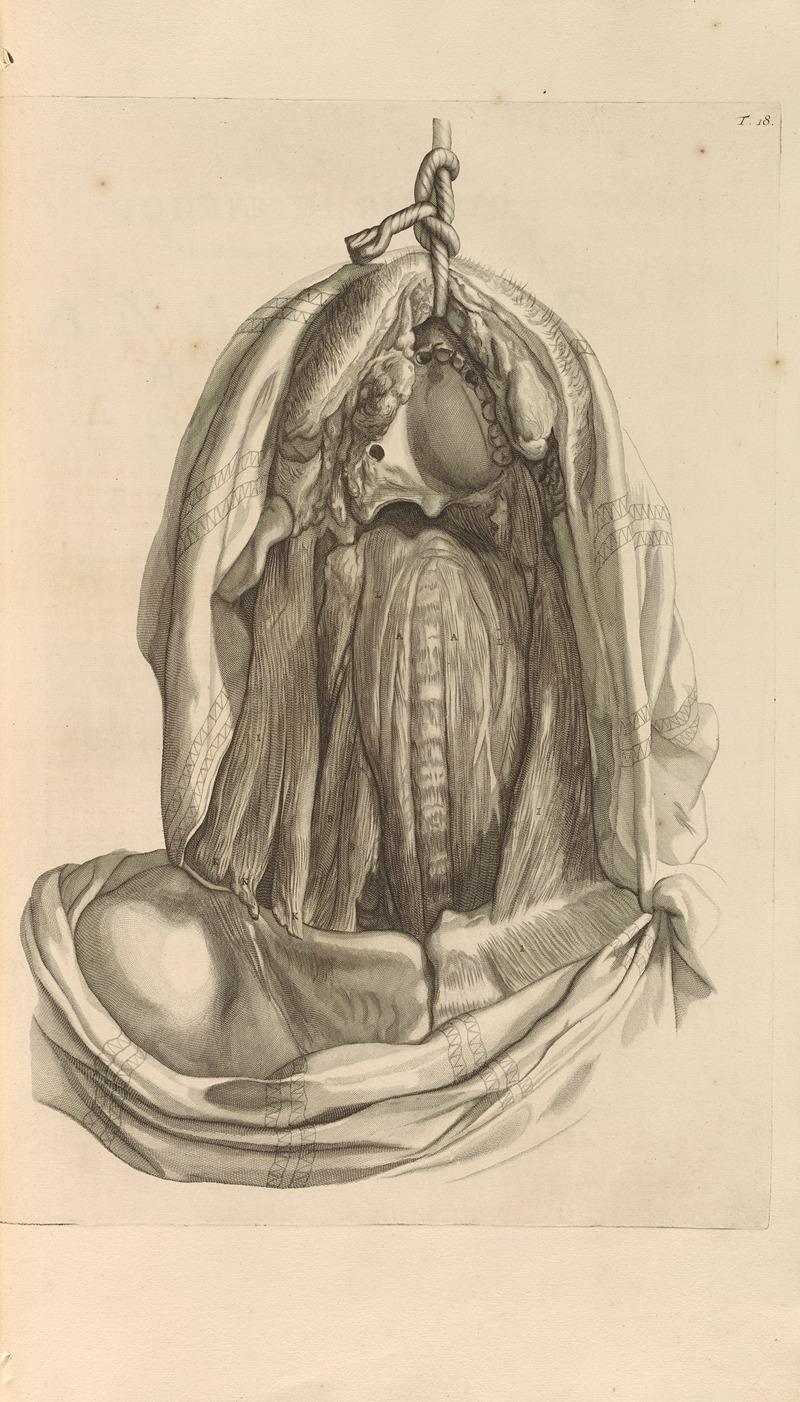
Anatomia humani corporis Pl.019
A hand-painted replica of Gerard de Lairesse’s masterpiece Anatomia humani corporis Pl.019, meticulously crafted by professional artists to capture the true essence of the original. Each piece is created with museum-quality canvas and rare mineral pigments, carefully painted by experienced artists with delicate brushstrokes and rich, layered colors to perfectly recreate the texture of the original artwork. Unlike machine-printed reproductions, this hand-painted version brings the painting to life, infused with the artist’s emotions and skill in every stroke. Whether for personal collection or home decoration, it instantly elevates the artistic atmosphere of any space.
Anatomia humani corporis Pl.019 by Gerard de Lairesse
"Anatomia humani corporis Pl.019" is an anatomical illustration created by Gerard de Lairesse, a prominent Dutch Golden Age artist and illustrator. This work is part of the larger collection of anatomical plates featured in the book Anatomia Humani Corporis (1685), authored by the Dutch anatomist Govard Bidloo. The book is considered one of the most significant anatomical atlases of its time, combining scientific precision with artistic mastery.
Gerard de Lairesse, known for his expertise in classical and Baroque art, was commissioned to create the illustrations for Bidloo's atlas. His work in Anatomia Humani Corporis is notable for its detailed and lifelike depictions of the human body, reflecting both his artistic skill and the scientific rigor of the period. Plate 019, like the other plates in the atlas, showcases a meticulous dissection of human anatomy, providing a detailed view of specific organs, muscles, or skeletal structures. The illustrations were intended to serve as a visual aid for medical students and professionals, enhancing their understanding of human anatomy.
The production of the atlas involved a collaborative effort between Bidloo, de Lairesse, and the engraver Abraham Blooteling, who translated de Lairesse's drawings into copperplate engravings. The resulting images were highly detailed and precise, setting a new standard for anatomical illustration in the late 17th century. However, despite its artistic and scientific achievements, the atlas faced criticism for its high cost and the perceived complexity of its illustrations, which some contemporaries found difficult to interpret.
Gerard de Lairesse's contribution to Anatomia Humani Corporis is particularly significant because it represents a fusion of art and science during a period when anatomical studies were gaining prominence in Europe. His work reflects the broader cultural and intellectual trends of the Dutch Golden Age, including a fascination with the human body and a commitment to empirical observation.
Today, Anatomia Humani Corporis and its plates, including Plate 019, are regarded as important historical artifacts. They provide insight into the scientific and artistic practices of the 17th century and continue to be studied by historians of art and medicine. Gerard de Lairesse's illustrations remain a testament to the enduring relationship between art and science.





